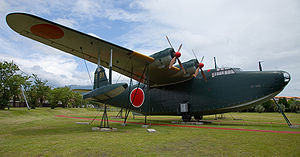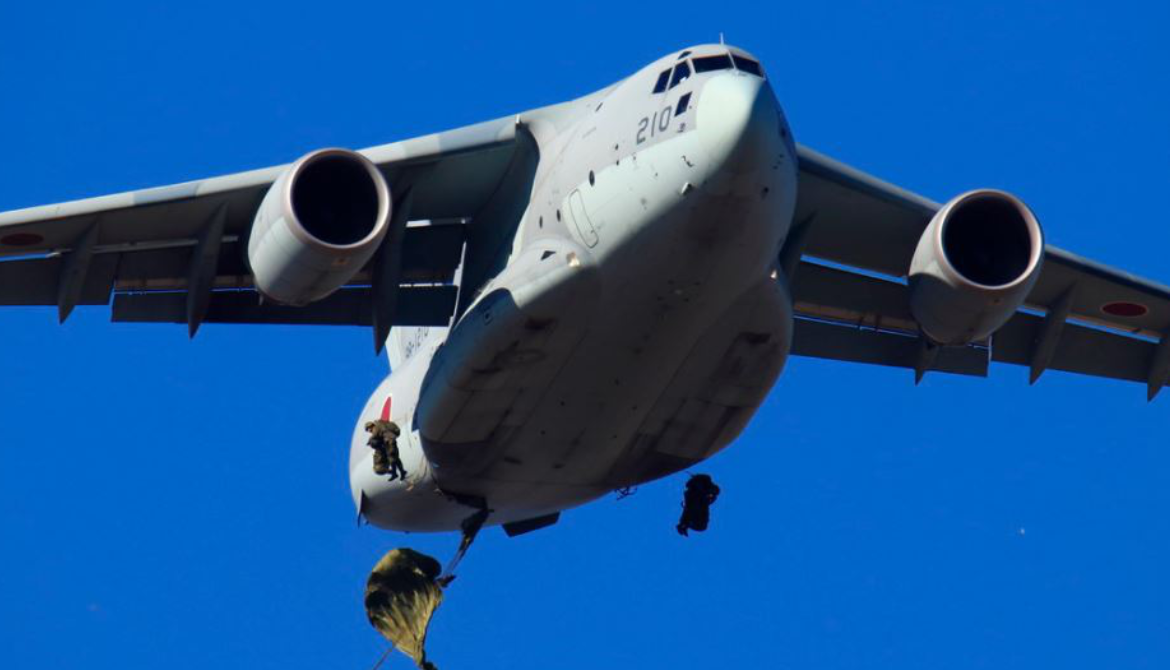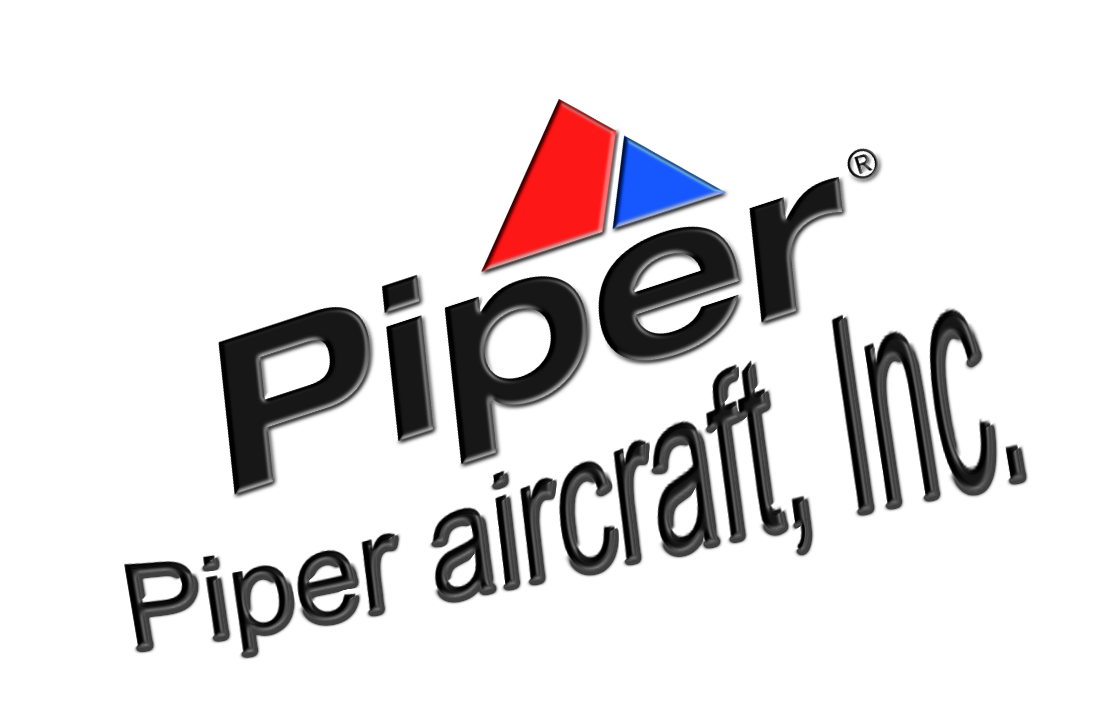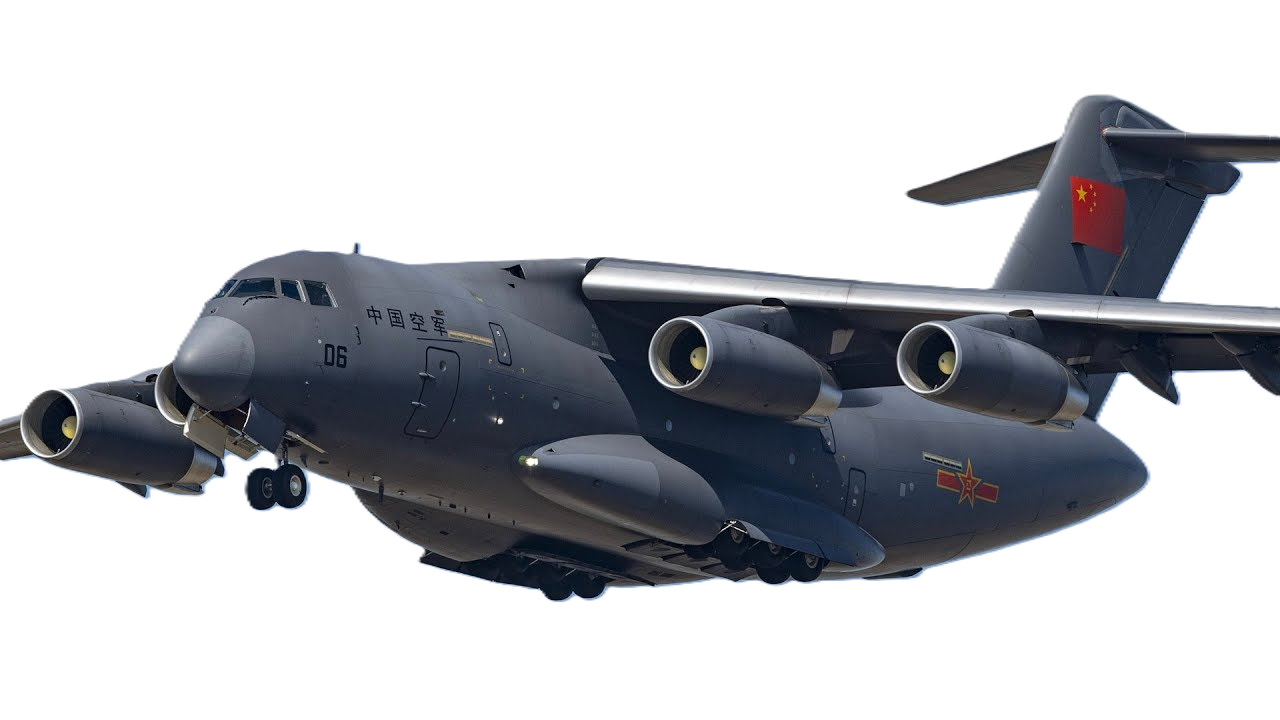Kawanishi Aircraft
H8K2 "Emily"
|
|
||||||||||||||||||||||||||
|---|---|---|---|---|---|---|---|---|---|---|---|---|---|---|---|---|---|---|---|---|---|---|---|---|---|---|---|
|
|
|
|
|---|
.
History Kawanishi Aircraft Company
H8K2 "Emily"
flying boat
Manufactured 1941–1945

The Kawanishi H8K is a flying boat used by the Imperial Japanese Navy Air Service during World War II for maritime patrol duties. The Allied reporting name for the type was "Emily".
The Kawanishi H8K was a large, four-engine aircraft designed for long range and extended endurance on patrols or bombing missions typically flown alone over the ocean. The prototype first flew in January 1941, and H8K1s made their first combat sortie in March 1942. The robust H8K2 "Emily" flying boat was also fitted with powerful defensive armament, for which Allied pilots had substantial respect wherever this aircraft was encountered in the Pacific theater. Aircraft historian René Francillon called the H8K "the most outstanding water-based combat aircraft of the Second World War.
-
Design and development

Tail gunner position (without gun) At the same time the type's predecessor, the Kawanishi H6K, was entering service in 1938 the Navy ordered the development of a larger, longer-ranged patrol aircraft under the designation Navy Experimental 13-Shi Large-size Flying Boat. The result was a large, shoulder-winged design that is widely regarded as the best flying boat of the war.Despite this, initial development was troublesome, with the prototype displaying terrible handling on the water. Deepening of the hull, redesigning of the planing bottom and the addition of spray strips under the nose rectified the water handling problems. Two further prototypes — actually pre-production aircraft — joined the development program in December 1941.
Variants

A Kawanishi H8K2 Type 2 Flying Boat ashore. 
An H8K2 51-085 of the 851st Kōkutai in flight, immediately before being shot down by the U.S. Navy PB4Y-1 from which the photograph was taken, 2 July 1944. - H8K1 Experimental Type 13 Large-sized Flying boat (13試大型飛行艇 13-Shi Ōgata Hikōtei)
- One prototype and four supplementary prototypes. Prototype was mounted Mitsubishi Mk4A Kasei 11 engines, supplementary prototype was mounted Mitsubishi MK4B Kasei 12 engines. Supplementary prototypes were renamed Type 2 Flying Boat Model 11 on 5 February 1942. Prototype was rebuilt to H8K1-L in November 1943.
- H8K1 Type 2 Flying boat, Model 11 (二式飛行艇11型 Nishiki Hikōtei 11-gata)
- Developed on 5 February 1942. First operative model of series, 12 produced. Mounted Mitsubishi MK4B Kasei 12 engines.
- H8K1-L Type 2 Transport Flying Boat (二式輸送艇 Nishiki Yusōtei)
- Rebuilt from H8K1 prototype. Fitted augment exhausts. Up to 41 passengers.
- H8K2 Type 2 Flying boat, Model 12 (二式飛行艇12型 Nishiki Hikōtei 12-gata)
- Developed on 26 June 1943. Mounted Mitsubishi MK4Q Kasei 22 engines and improved tail gun turret. Latter batch was equipped with Air-Surface Vessel (ASV) search radar, and removed side gun blisters. 112 produced.
0
KmCeiling
0
KmMAX RANGE
0
Km/hAircraft Speed
0
Max Crew
Photo Gallery
Kawanishi Aircraft Company
H8K2 "Emily"
flying boat
Manufactured 1941–1945


Kawanishi Aircraft Company
H8K2 "Emily"
flying boat
Manufactured 1941–1945
General characteristics
- Crew: 10
- Length: 28.13 m (92 ft 3 in)
- Wingspan: 38 m (124 ft 8 in)
- Height: 9.15 m (30 ft 0 in)
- Wing area: 160 m2 (1,700 sq ft)
-
Powerplant
- Empty weight: 18,380 kg (40,521 lb)
- Gross weight: 24,500 kg (54,013 lb)
- Max takeoff weight: 32,500 kg (71,650 lb)
- Powerplant: 4 × Mitsubishi MK4Q Kasei 22 14-cylinder air-cooled radial piston engines, 1,380 kW (1,850 hp) each for take-off
-
-
-
- 1,253 kW (1,680 hp) at 2,100 m
- 1,148 kW (1,540 hp) at 5,500 m (18,000 ft)
-
-
Specifications
- Maximum speed: 467 km/h (290 mph, 252 kn) at 5,000 m (16,000 ft)
- Cruise speed: 296 km/h (184 mph, 160 kn) at 4,000 m (13,000 ft)
- Ferry range: 7,152 km (4,444 mi, 3,862 nmi)
- Service ceiling: 8,850 m (29,040 ft)
Aircraft of comparable role
-
-
-
-
Guns:
- 5× 20 mm (0.787 in) Type 99 Mark 1 machine gun (one each in bow, dorsal, and tail turrets, plus one each in two waist blisters)
- 5× 7.7 mm (0.303 in) Type 92 machine guns in fuselage hatches
- Bombs: 2× 800 kg (1,800 lb) torpedoes or 2,000 kg (4,400 lb) of bombs or depth charges
-
Guns:
-
-
-
-
Links to Youtube & Others
H8K2s were used on a wide range of patrol, reconnaissance, bombing, and transport missions throughout the Pacific War. The H8K2 was given the Allied code name "Emily".
Kawanishi Aircraft Company
H8K2 "Emily"
The H8K entered production in 1941 and first saw operational use on the night of 4 March 1942 in a second raid on Pearl Harbor.
Youtube Link
The IJNAS accepted the first production version as the H8K1, Navy Type 2 Flying Boat, Model 11, of which 14 would be built.











.png)


.png)